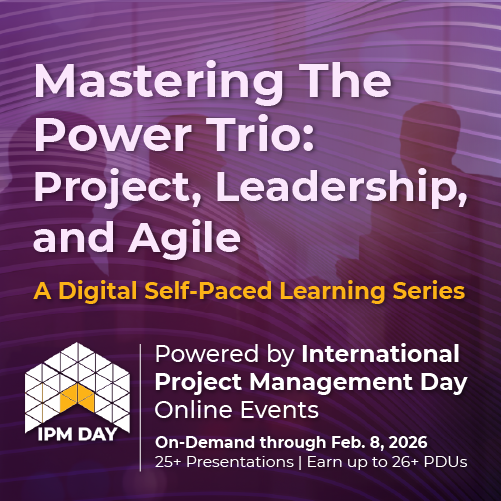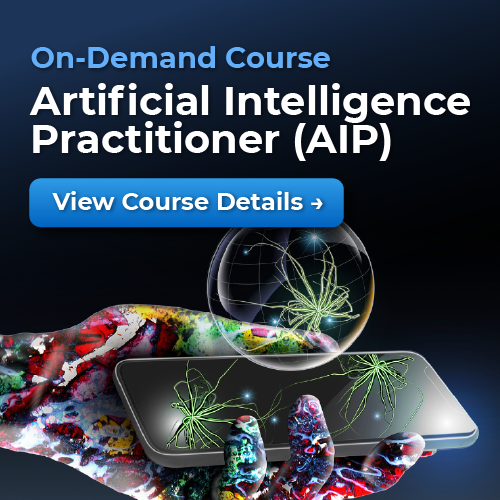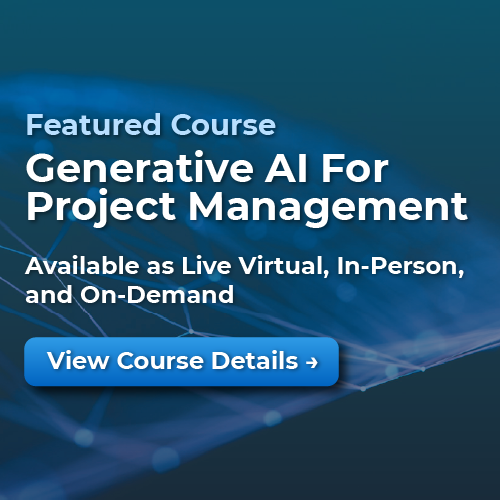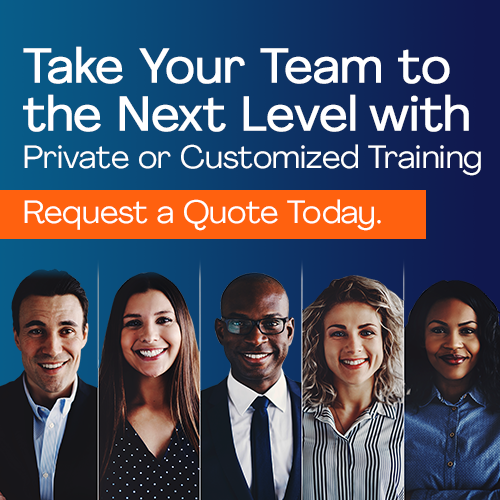Building the Lean-Agile Enterprise with the Scaled Agile Framework 4.0
By Dean Leffingwell | Co-founder and Chief Methodologist – Scaled Agile, Inc.

Catch Dean’s keynote, “Ten Essential Scaling Patterns We Can (Probably) All Agree On,” at the virtual Agile and Scrum conference on May 4th.
The world’s economy, and the health and welfare of society as a whole, is increasingly dependent on software and systems.
In support of this need, systems builders are creating increasingly complex software and cyber-physical systems—systems of unprecedented scope and complexity—with requirements for utility and robustness exceeding those that have come before them.
The methods that systems builders use to create these systems must keep pace with this larger mandate. However, the assumptive, one pass, stage-gated, waterfall methods of the past are not scaling to the new challenge. New development methods are needed. Agile shows the greatest promise, but was developed for small teams, and by itself, does not scale to the needs of the larger enterprises and the systems they create. What’s needed is a new way of working, one that applies the power of agile, but leverages the more extensive knowledge pools of systems thinking and lean product development. The Scaled Agile Framework (SAFe) is one such approach.
A Brief Overview of SAFe
The Scaled Agile Framework (SAFe®) is a freely-revealed knowledge base of proven, integrated patterns for enterprise-scale Lean-Agile development. It is scalable and modular, allowing each organization to apply it in a way that provides better business outcomes and happier, more engaged employees.
SAFe synchronizes alignment, collaboration, and delivery for large numbers of agile teams. It supports both software and systems development, from the modest scale of well under 100 practitioners to the largest software solutions and complex cyber-physical systems; systems that require thousands of people to create and maintain. SAFe was developed in the field, based on helping customers solve their most challenging scaling problems. SAFe leverages three primary bodies of knowledge: Agile development, Lean product development, and systems thinking.
The SAFe website provides comprehensive guidance for scaling development work across all levels of an enterprise. SAFe’s interactive “Big Picture” (Figure 1) provides a visual overview of the framework. Each icon on the website is selectable, navigating the user to an article which provides extensive guidance on the topic area, along with links to related articles and further information.
The Big Picture has two views. The default “3-level view” (below left) is well suited for solutions that require a modest number of agile teams. The “4-level view” (below right) supports those building large solutions, solutions that typically require hundreds or more practitioners to build and maintain.
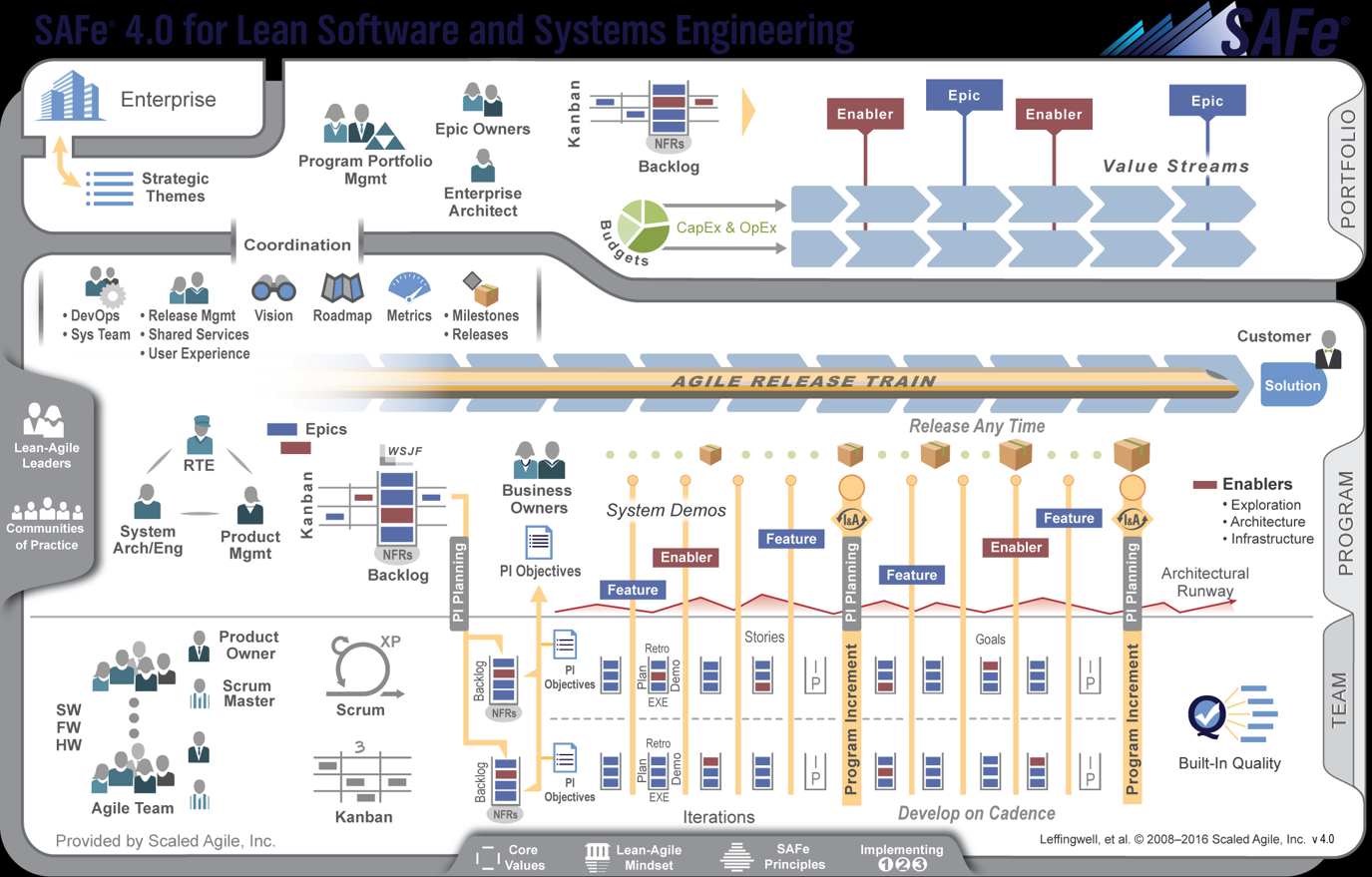
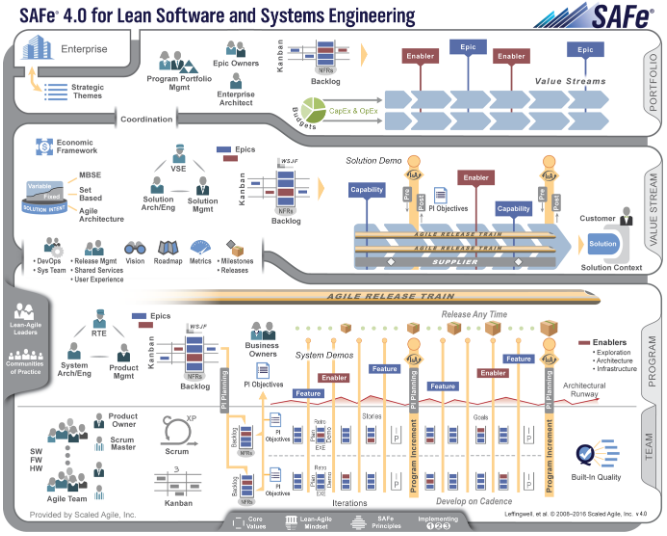
Figure 1. Big Picture: 3-level and 4-level SAFe
SAFe provides three (optionally four) organization levels, as follows:
- Team level – SAFe is based fundamentally on Agile teams. Each team is responsible for defining, building, and testing stories (small pieces of new functionality) from their backlog. Teams deliver value in a series of fixed-length iterations (also called sprints). Teams use a common iteration cadence to synchronize work with other teams; this allows the entire system to iterate simultaneously. Teams employ Scrum (primarily) or Kanban methods. Each method is augmented by quality practices: many software quality practices are derived from eXtreme Programming; hardware and system quality practices are derived from contemporary lean product development practices.
- Program level – SAFe teams are organized into a virtual program structure called the “Agile Release Train” (ART). Each ART is a long-lived, self-organizing team of Agile teams (typically 5 to 12), along with other stakeholders, that plan, commit, execute and inspect and adapt together. ARTs are organized around the enterprise’s significant value streams. ARTs align teams to a common mission, provide architectural and user experience guidance, facilitate flow, and provide continuous objective evidence of progress.
- Value stream level – The optional value stream level supports the development of large and complex solutions. These solutions require multiple, synchronized ARTs, as well as stronger focus on solution intent and solution context. Suppliers and additional stakeholders contribute to this level as well. Pre-and Post PI planning inform the ARTs (and vice versa) of the value stream mission and objectives.
- Portfolio level – The portfolio level organizes and funds a set of value streams. The value streams realize a set of solutions, which help the enterprise achieve its strategic mission, as defined in part, by a set of strategic themes. It provides solution development funding via Lean-Agile budgeting, any necessary governance, and coordination of larger development initiatives that affect multiple value streams.
- Foundation layer – The foundation layer holds various additional elements that support development. Elements include guidance for Lean-Agile Leaders, communities of practice, core values, the Lean-Agile mindset, the nine principles that guide SAFe, and an overview of implementation strategy.
Taken together, SAFE provides comprehensive guidance for enterprises implementing Lean-Agile development at the team, program, value stream, and Portfolio level.
More insights await at the virtual Agile and Scrum conference, going live on May 4th. 5 keynotes and 20 sessions to choose from, plus networking and PDUs/SEU®s.
You can learn more about SAFe by visiting the website at ScaledAgileFramework.com. SAFe is a property of Scaled Agile, Inc. There you can find courseware, supporting services, and an extensive network of over 80 partners worldwide who provide education and training, consulting and related SAFe services.
To understand more about the proven business benefits of SAFe—substantial increases in quality, time to market, productivity and employee engagement—be sure and visit the Case Studies page.
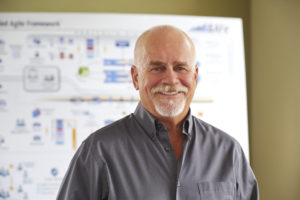
About the Author
Widely recognized as a leading authority on software development, Dean Leffingwell is an author, serial entrepreneur, and software development methodologist. He is the creator of the Scaled Agile Framework, and author of numerous books on software development.


